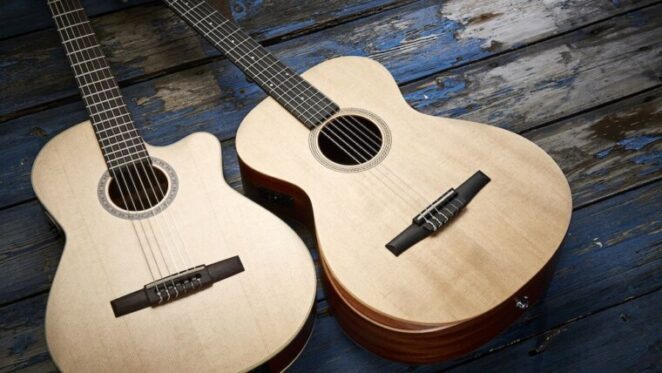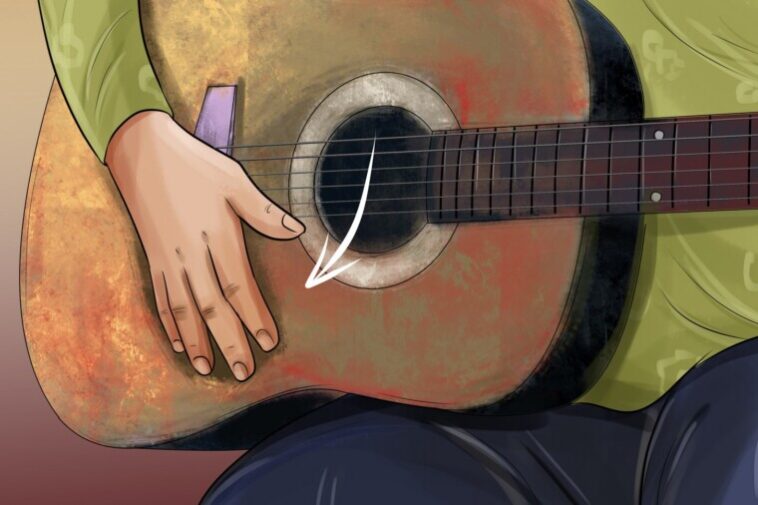Learning a brand new skill is usually challenging and difficult. Unless you have a true, innate, God-given talent for it, it will only come to you after hours of practice and hard work. You must earn it and become knowledgeable enough before you can truly start to enjoy it and actually do it as it was meant to be done. This is true for all fine skills that take good coordination, patience, and thinking. From sports to arts, the approach is largely the same.
In this article we will focus on a very special musical instrument and talk about how long it usually takes to get good at it. The instrument in question is the flamenco guitar, also known as the Spanish guitar, which you perhaps know by name and maybe even the look but chances are your knowledge ends there. Lucky for you, we got you covered. Make sure to read through the rest of the article in case you want to learn more about it, and definitely check out https://www.chordmelodyguitarmusic.com/flamenco-guitar-tab-tablature-books-DVDs.htm for additional information.
About the Flamenco
Before you can learn to do something, especially if it requires a specific tool or a device, it will help to know a thing or two about it so that you can understand it better and connect with it more. Flamenco guitars are similar to classical guitars in looks but they have a few sneaky and hard to spot differences if you are a novice musician. For example, the tops are thinner and there is less internal bracing. The strings on a flamenco are made of nylon just like on the classical variation, but the sound they produce is livelier and grittier. The word flamenco is actually used for a whole range of Southern Spanish folk dances and music genres, and this guitar is a crucial element of it all.
A different type of wood is used for these guitars in comparison with the classical models you know. Flamenco varieties are almost always made with spruce tops and either sycamore or cypress sides and backs. These woods are known to enhance the volume needed in flamenco music so they are much more present. Other wood types are also possible.
Regarding the sound it makes, flamenco guitars have less sustain than classical guitars which is something the musicians in these genres prefer. The notes needed for the music cannot be achieved as well on regular guitars since they tend to sound muddy and not be clear enough. Words usually used to describe flamenco guitar sounds include bright, austere, and dry, traits that make it popular with Latin and jazz guitarists and musicians as well. Due to its special, punchy sounds, it can also be used in Renaissance and Baroque music.

How Long It Takes
As mentioned a bit earlier in the article, fine and artistic skills like learning a new musical instrument take time. Depending on how musical you are by nature and how much talent you have to recognize sound patterns and music, it may take you longer or shorter than most people. With string instruments like guitars, it usually takes a complete beginner a few years to become good and play a wide variety of songs on their own.
With that being said, you should prepare for at least 18 months of frequent practice sessions. Just to be sure, it is smart to expect around 24 months or two years of active learning if you want to become better than average and considered good. Now, this is a long time to continuously do something especially if you already have a lot on your plate in terms of school, work, and other hobbies and interests. There will need to be some sacrifices made in relation to doing other things less frequent so that you can squeeze in the needed weekly hours put into your guitar training sessions.

Nikon D850.
The Best Way to Do It
Buying or renting a guitar and starting from scratch on your own is absolutely the hardest way you can learn this skill. It is a good way to familiarize yourself with the instrument and take as much time as you need to evaluate it and understand it on your own. However, when it is time to actually learn the ropes and start playing, it will be very hard and you will waste a lot of time. A much better solution is to book some classes at a music school or hire a personal teacher.
Either of these two approaches will ensure that you get proper education about the instrument and the sounds it needs to produce. You will first have to learn how to hold it the right way and understand what kind of music needs to come out of it. And to learn this you will also need to listen to the music by other guitarists. Then the teacher can show you the basics and you go from there. If you have the optimal three classes a week, each of which will last an hour, you can expect to see the first results after a few months. If you continue being diligent and keep working hard, even practicing at home in your free time and exploring the science behind the instrument, you will continue becoming increasingly good each month until.
After the first year you will barely recognize yourself since you will now know how to recognize sound patterns and notes and mimic what you hear. The key here, as it is with many other skills like sports, other art, and even languages, is not to make long breaks and continuously be “in the craft” and surrounded by it. If you happen to neglect it, not only will it be hard to come back to it and pick up where you left off, but you will actually forget a lot about it and have to do it all over again. This is how people drop their hobbies and stop doing what they truly enjoy.

Conclusion and Takeaways
No matter your discipline and available free time, you can hardly go without a year or two to gain enough confidence and skill to play slightly better than average. After that, the rest of your life will give you plenty of time to master it further and become even greater. There is no bad time to start as both kids and elderly people are more than capable of what is necessary. With a good and experienced teacher, combined with tour dedication and learning habits, you will surely get where you want to be.




